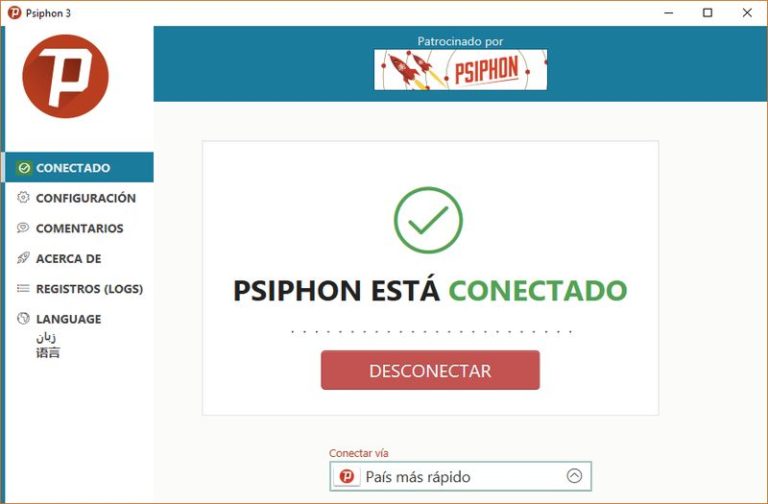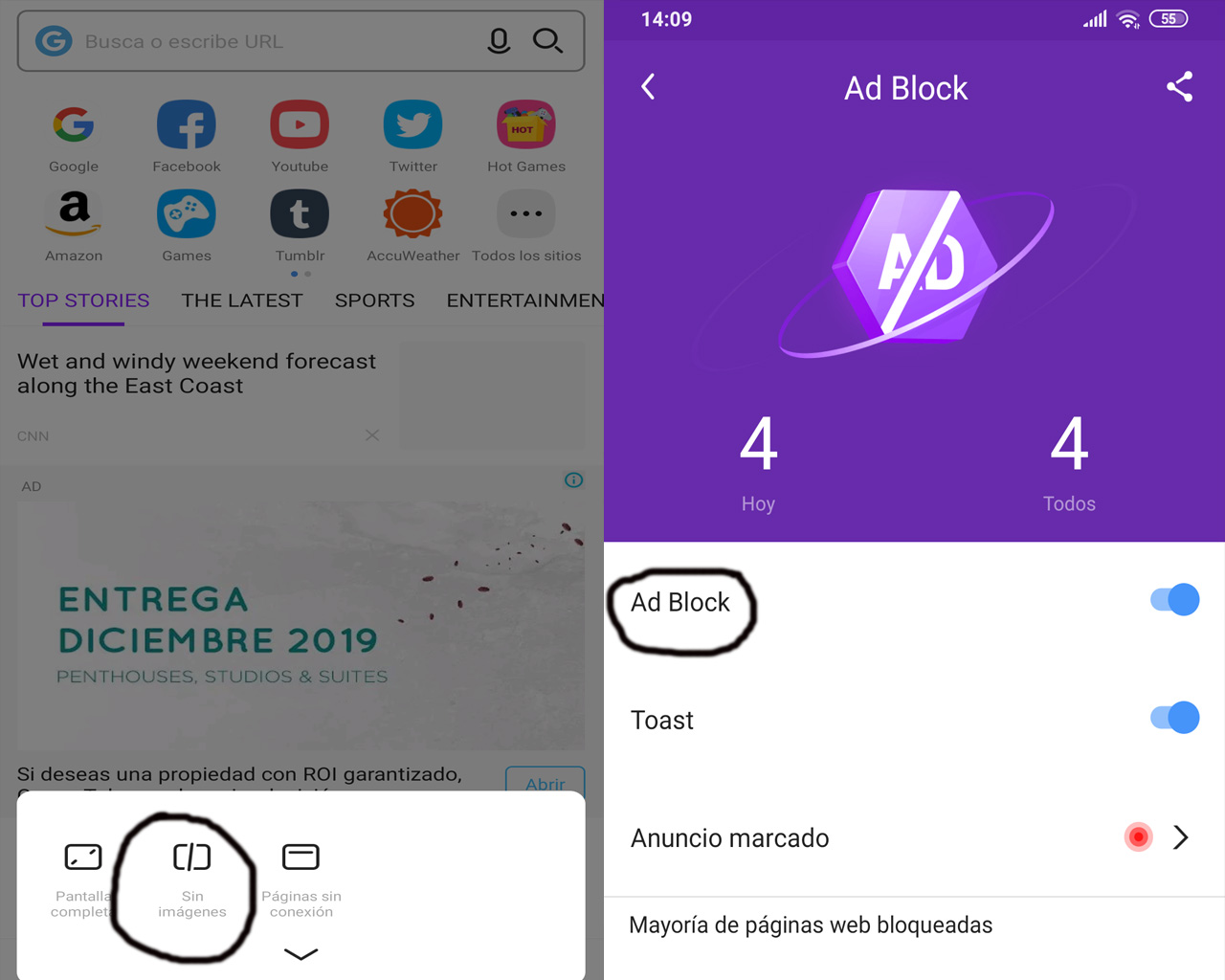

Direct users by country and Bridge users by country: show that bridge users are about 3% of all users (50,000 out of 1,700,000).Unfortunately I don't know of a way to compare these numbers with demand for bridges. Relay bandwidth by Exit and/or Guard flags: shows that non-exits currently provide about 60 Gbit/s of capacity, and exits provide about 25 Gbit/s.1 was the result of a new bridge authority: bridges that hadn't upgraded stopped being counted.) Relays and bridges in the network: shows that there are about 6,500 relays and 2,000 bridges.The Tor Metrics site has information about the number of relays and bridges that exist. If you can't be an exit and only have a little bit of bandwidth, be a bridge. If you're willing to be an exit, you should definitely run a normal relay, since we need more exits. So should you run a normal relay or bridge relay? If you have lots of bandwidth, you should definitely run a normal relay.

The best way to do that is to leave a comment on our bug tracker. If you know details of these or any other Tor blocks, please tell us. We are tracking other censorship events, such as those in Saudi Arabia, Kazakhstan, and elsewhere.

Just last week, ISPs in Belarus began blocking public Tor relays-but bridges and pluggable transports are so far working to defeat the blocks.
#Como usar tor com psiphon how to#
It's a good idea to learn how to use bridges and pluggable transports before you actually need them. The world of censorship is changing all the time. See this guide: Become a PT bridge operator! Once your bridge is running, it will automatically become available to users at. Running a bridge is the same as running a relay, just with a little extra configuration. If you are not censored yourself, you can help censored people by running a bridge with a pluggable transport. (Unlike Tor, they focus only on access and not on anonymity.) Psiphon and Lantern are two other projects that use pluggable transports. We work often with researchers and developers to study Internet censorship, improve pluggable transports, and develop new ones. Tor is not the only project to use pluggable transports. meek doesn't need custom bridges however it is slower and more expensive to operate than the other pluggable transports, so you should use obfs4 or fte if they work for you. For better secrecy, you should get custom bridges from. There are a number of built-in, default bridges, which you can use just by choosing a pluggable transport name. Censors cannot easily block meek connections because the HTTPS servers also provide many other useful services.

meek first connects to a real HTTPS web server (in the Amazon cloud or the Microsoft Azure cloud) and from there connects to the actual bridge. Unlike the other transports, it doesn't connect directly to a bridge.


 0 kommentar(er)
0 kommentar(er)
